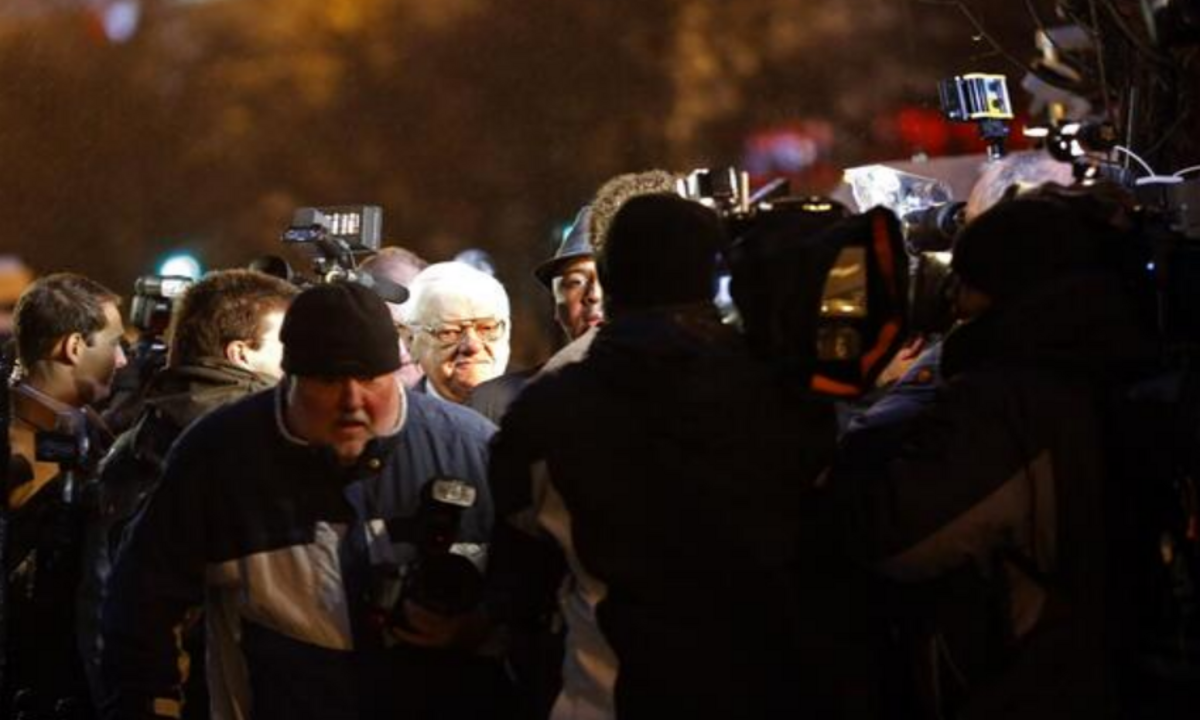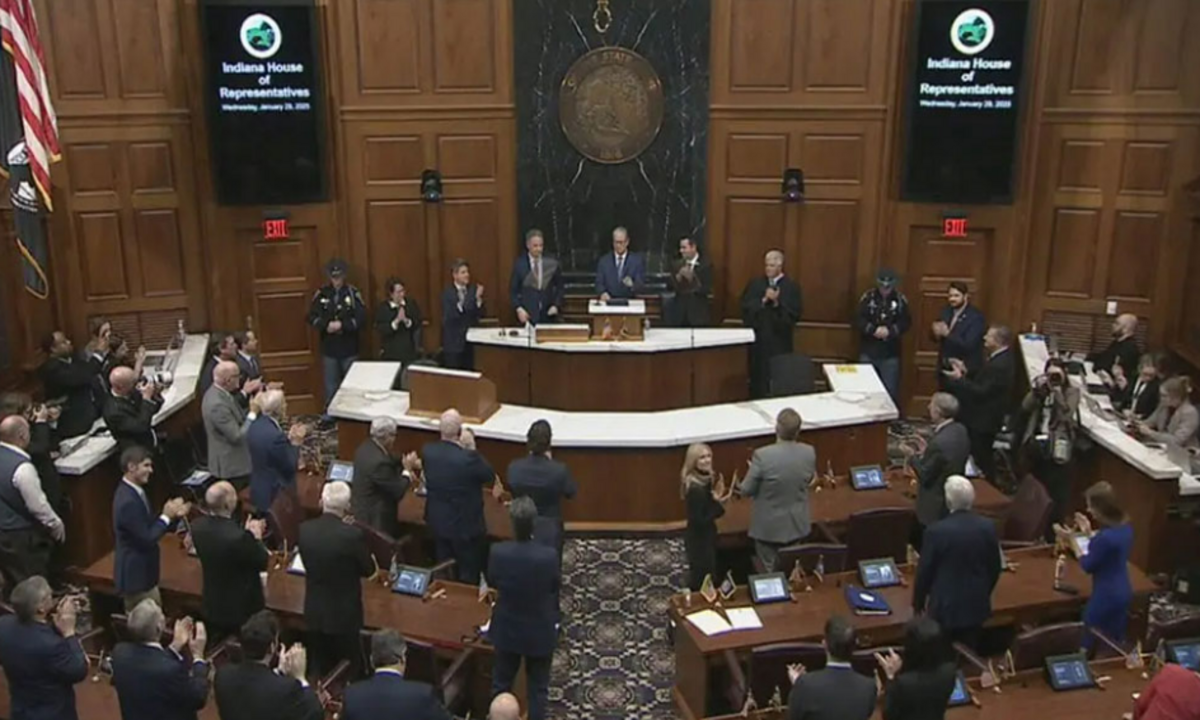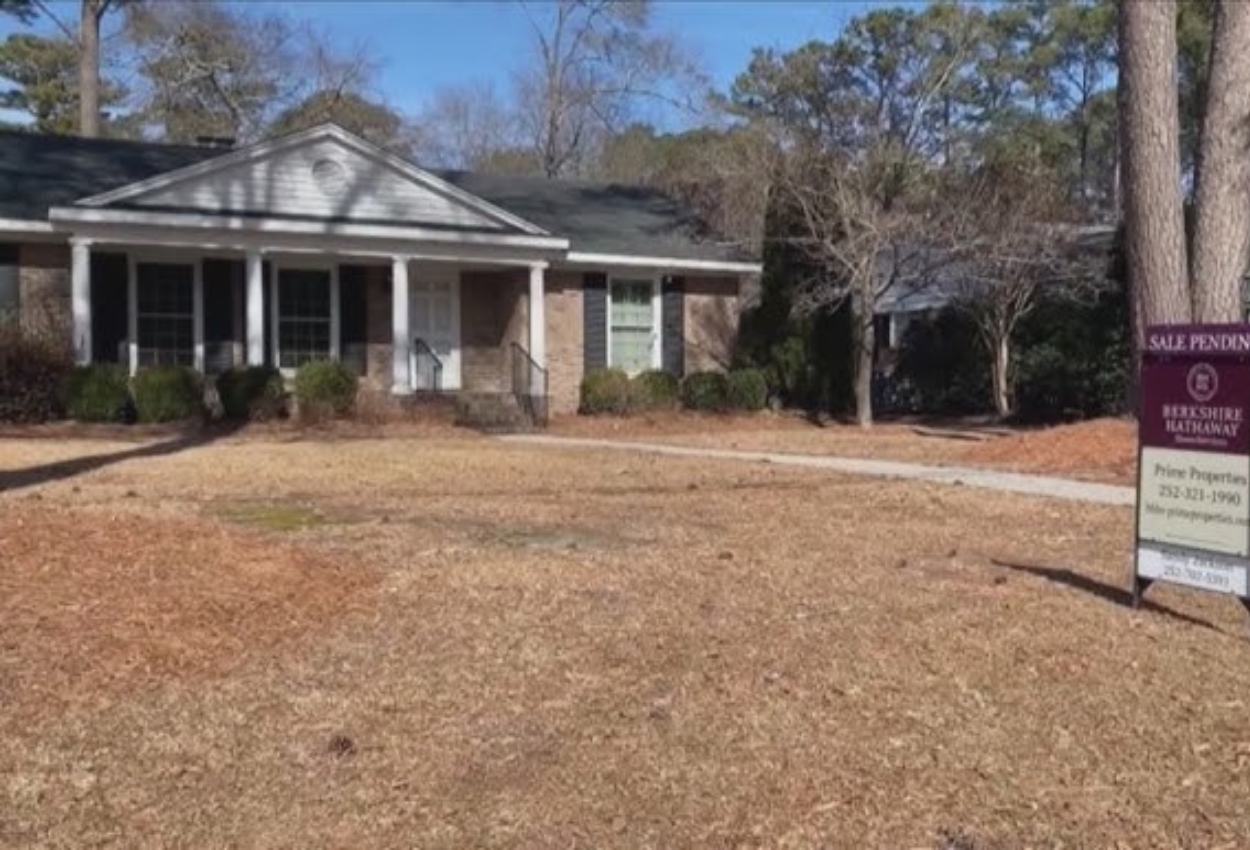Let’s take a look at what happened in Chicago on January 30 throughout the years. From freezing temperatures to significant political changes, this day has seen a variety of impactful events.
A Snowstorm Like No Other: 1939
On January 30, 1939, Chicago experienced one of its most severe snowstorms in recorded history. Illinois was one of 13 states hit by this brief but intense storm. It dropped nearly 15 inches of snow in just 15 hours, making it the most severe snowfall in terms of both duration and accumulation in a 24-hour period.
The heavy snow caused serious problems, especially for people who were ill or expecting. For instance, a pregnant woman named Mrs. Thomas Galbraith was stranded in a snowdrift. After her car got stuck, she climbed into a police vehicle to make the journey to a hospital in Joliet. When the police car couldn’t go any further, a wrecking truck transported her. She was finally transferred to an ambulance, and safely gave birth to a baby girl at the hospital.
Illinois Governor George Ryan and the Death Penalty Moratorium: 2000
January 30, 2000, marked a pivotal moment in Illinois history when Governor George Ryan declared a moratorium on executions. Ryan made this decision after growing concerns over the possibility of innocent people being wrongfully executed. He stated that the moratorium would remain in place until he could be morally certain that the system would not make such tragic errors.
Three years later, in 2003, Governor Ryan went further, commuting the sentences of 164 death row inmates to life in prison without the possibility of parole. He explained that the state’s criminal justice system had been “haunted by the demon of error,” and this action helped to change the way the state approached capital punishment.
The Release of Former Governor George Ryan: 2013
On January 30, 2013, former Illinois Governor George Ryan was released from federal prison after serving time for fraud, racketeering, and other charges. His conviction stemmed from the Operation Safe Road investigation, which exposed widespread corruption in Illinois’ state driver’s license facilities during his time as secretary of state, and later, as governor.
Ryan had been sentenced to six and a half years in prison following his conviction in 2006. He was released after serving a little over five years and spent a few hours at a halfway house on Chicago’s West Side before heading home to Kankakee, where he remained on home confinement until July 2013.
Record-Breaking Cold: 2019
Fast forward to January 30, 2019, when Chicago faced one of its coldest days in over three decades. The temperature plummeted to minus 23 degrees Fahrenheit at O’Hare International Airport, marking it as the coldest day in 34 years. This temperature was tied for the fifth coldest day since the National Weather Service began keeping records in 1872.
This extreme cold was caused by the polar vortex—a mass of frigid air that typically hovers over the North Pole. In January 2019, this Arctic air mass shifted southward, covering much of the Midwest, including Chicago. The freezing weather didn’t just affect the outdoors; it also exposed weaknesses in the city’s transit system. Issues like stuck train doors, cracked rails, and inadequate shelter for passengers waiting for public transport brought attention to the urgent need for more investment in the region’s infrastructure.
Conclusion
Chicago’s history on January 30 is a mix of extreme weather, political shifts, and significant moments. From the blizzard of 1939 to the coldest day in 2019, these events remind us of the city’s resilience in the face of challenging times. Political decisions like George Ryan’s moratorium on the death penalty have also shaped the state’s future, leaving a lasting legacy. As we look back at these events, they remind us of the city’s ever-evolving story and the people who have helped shape it.
Disclaimer—Our team has checked this article to ensure its accuracy and eliminate any misinformation. We are committed to providing clear and reliable information for our readers.




